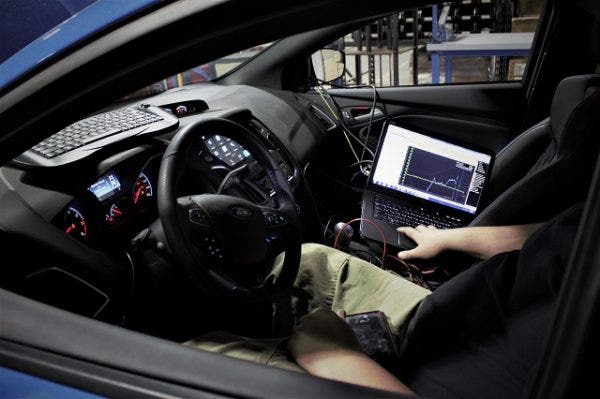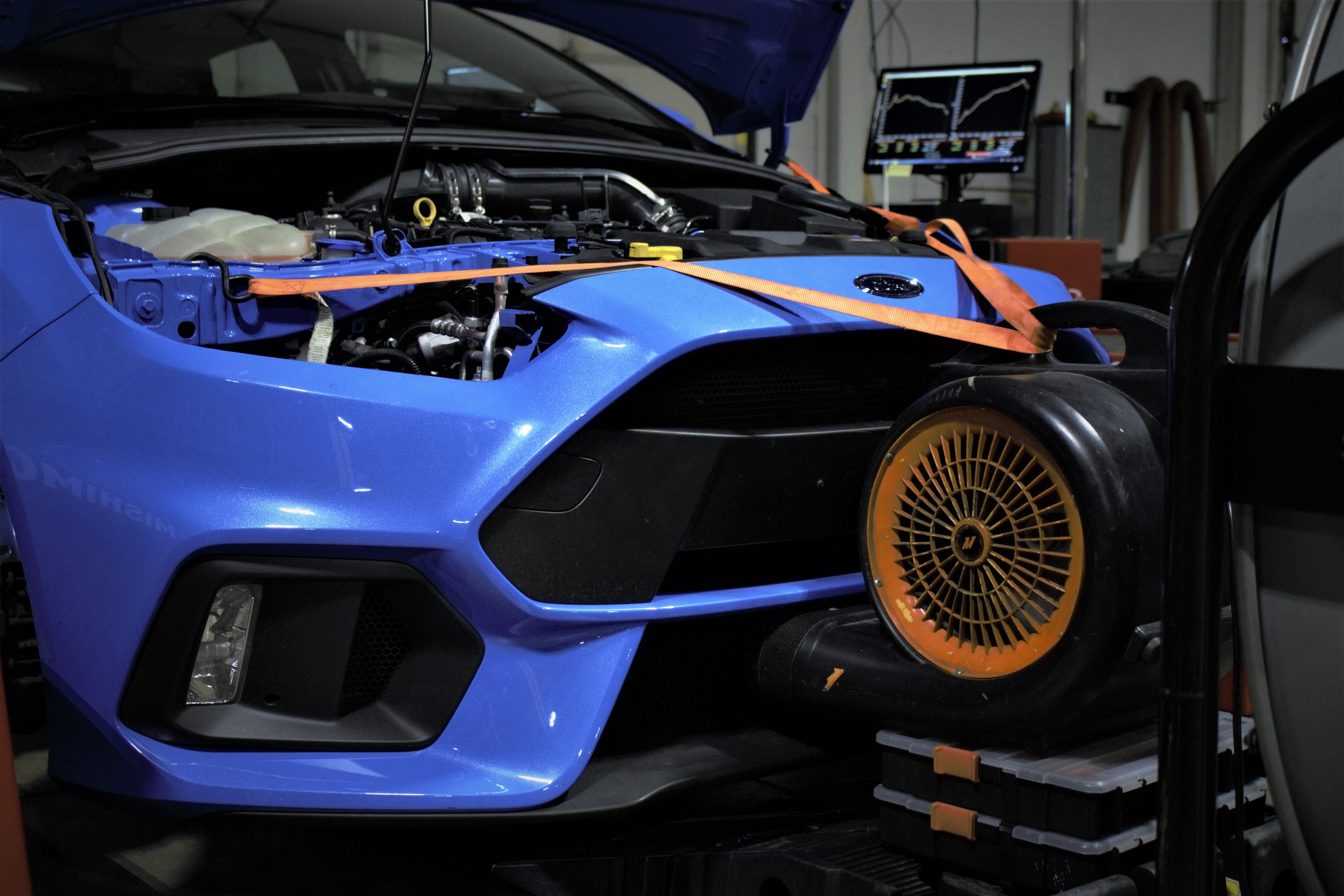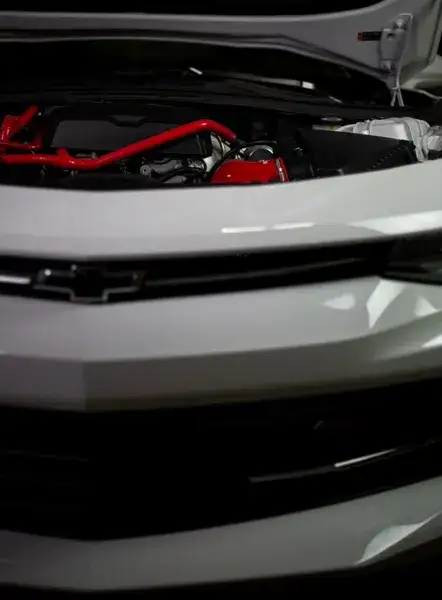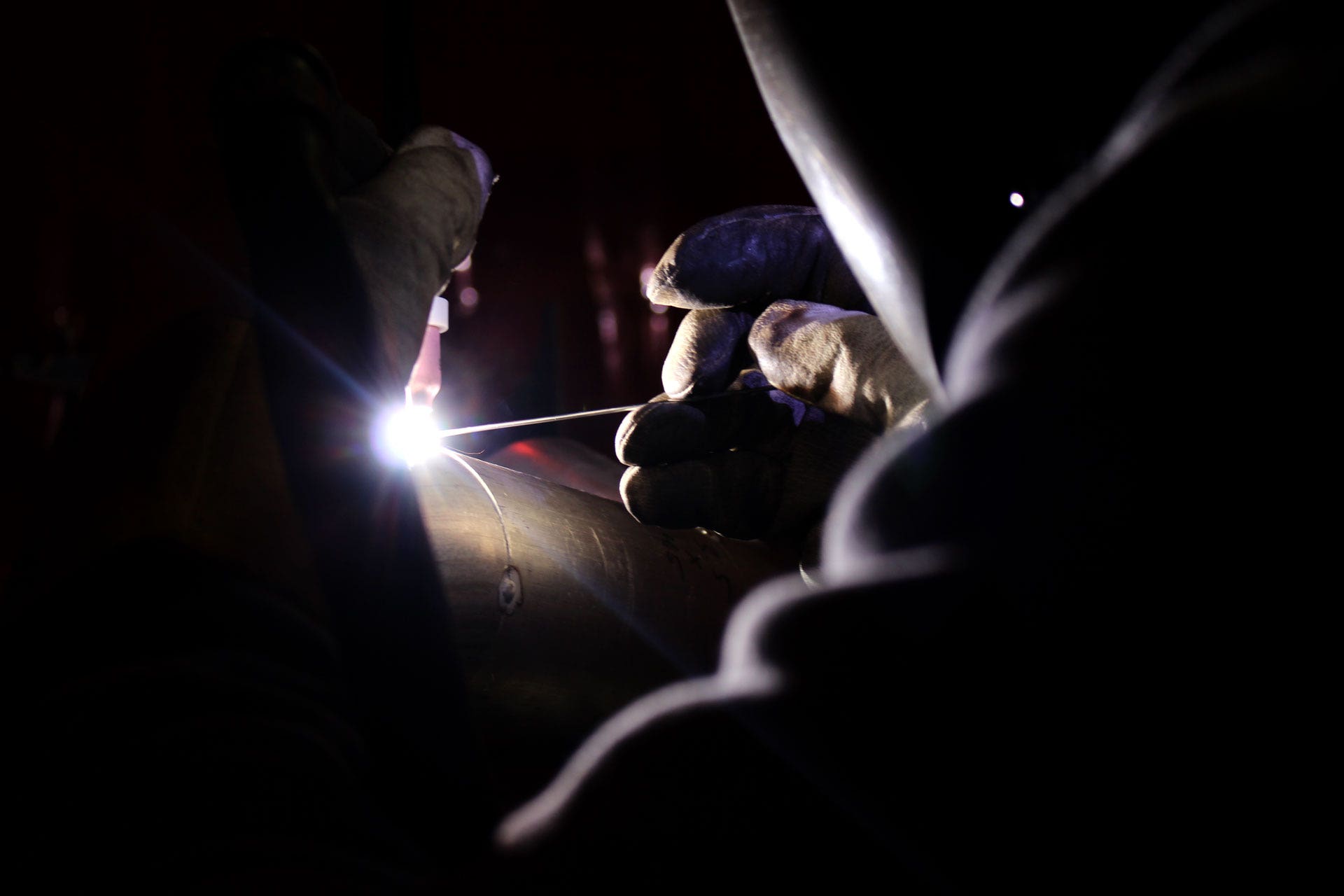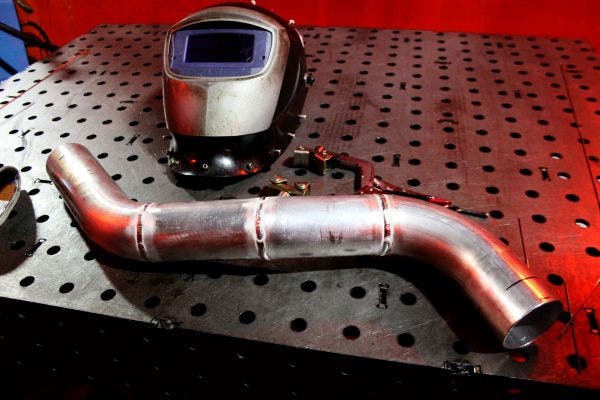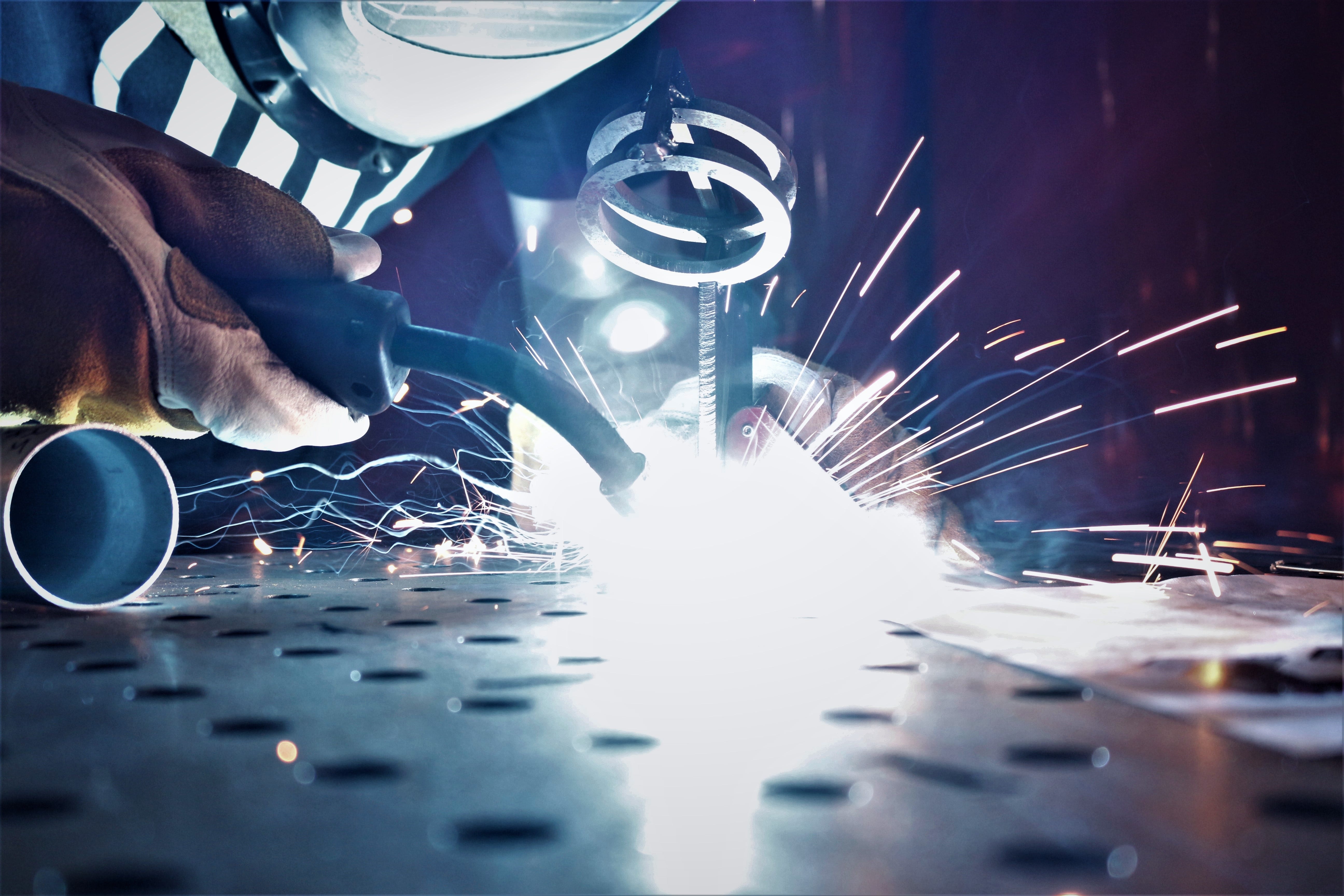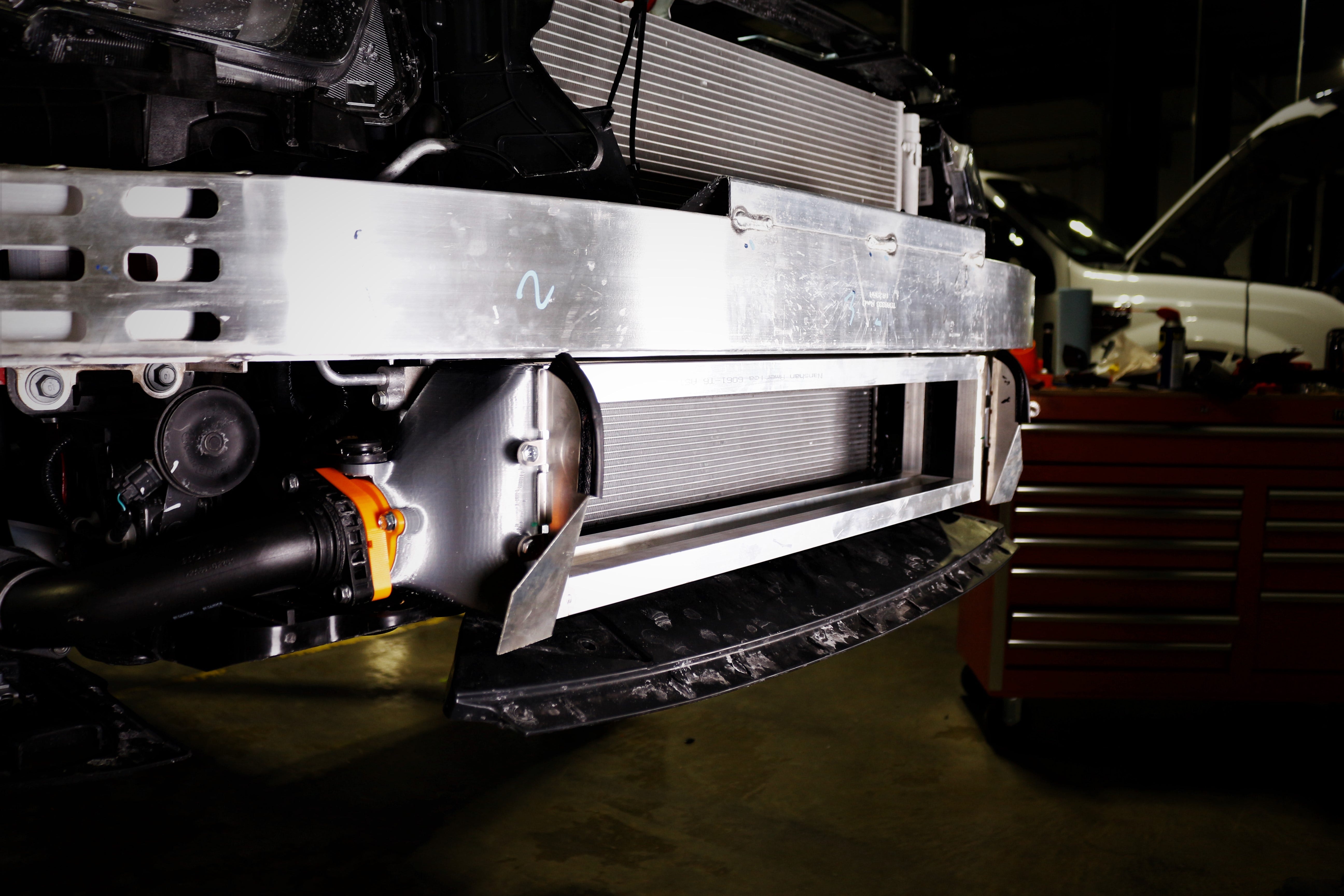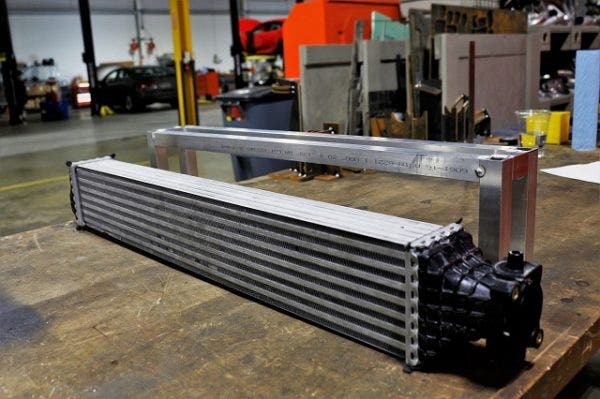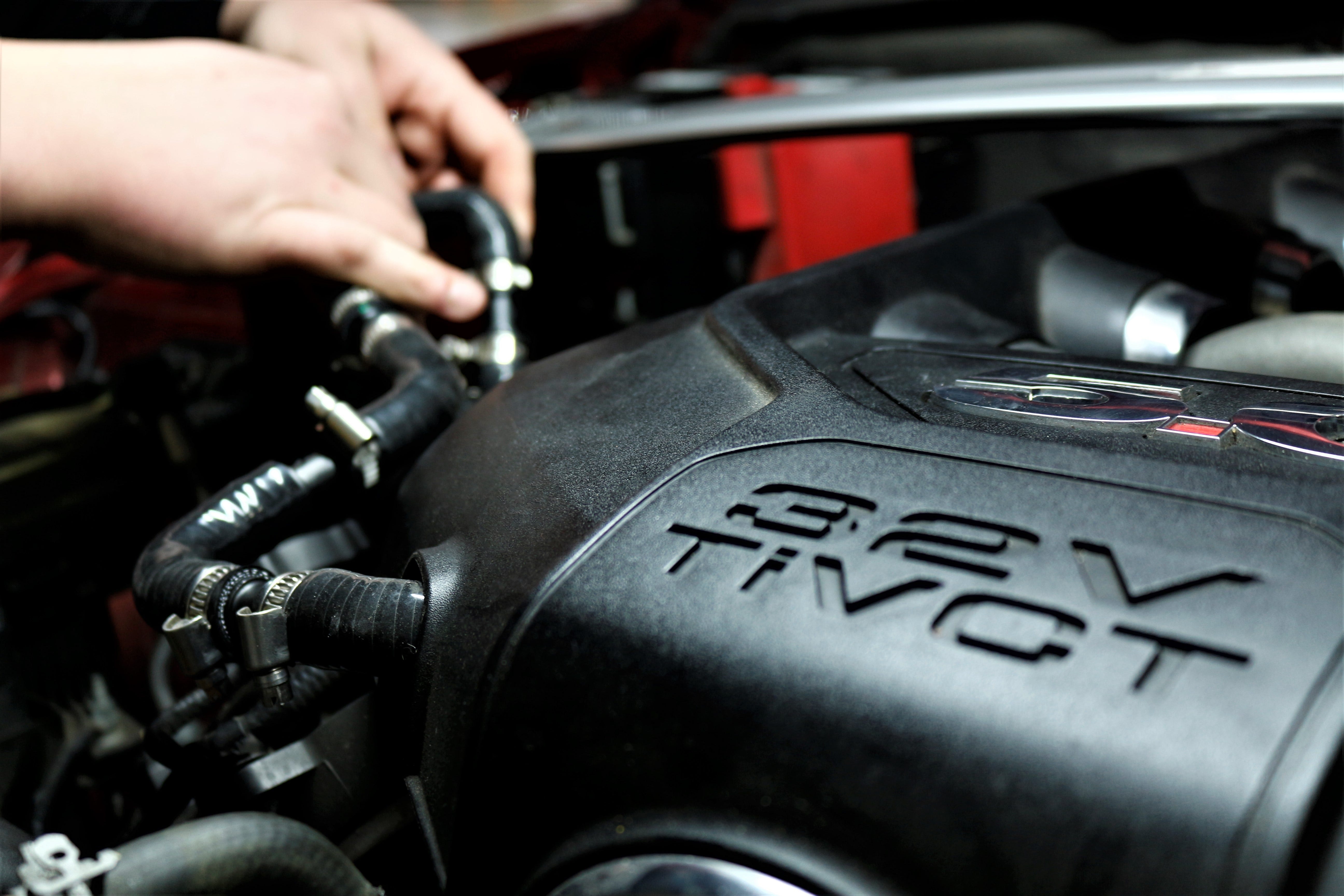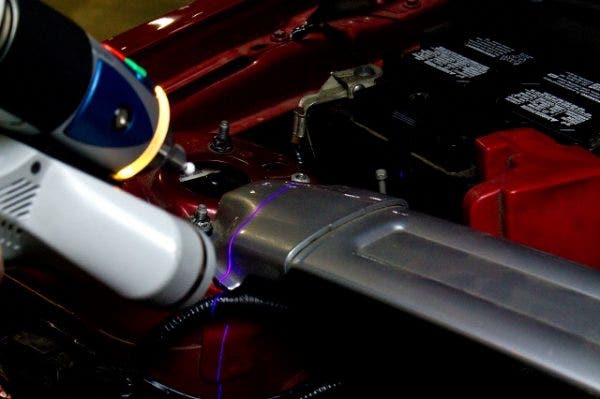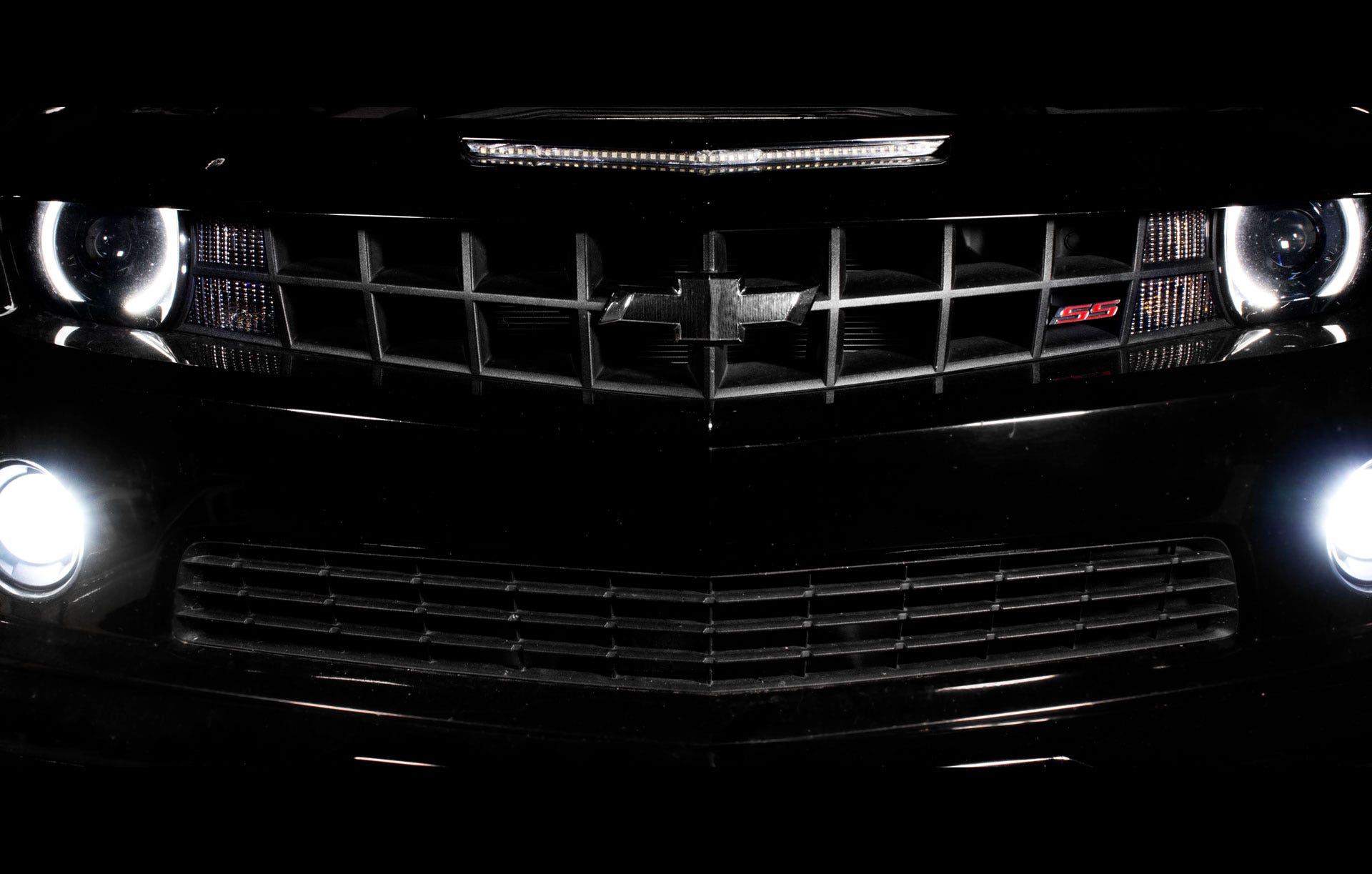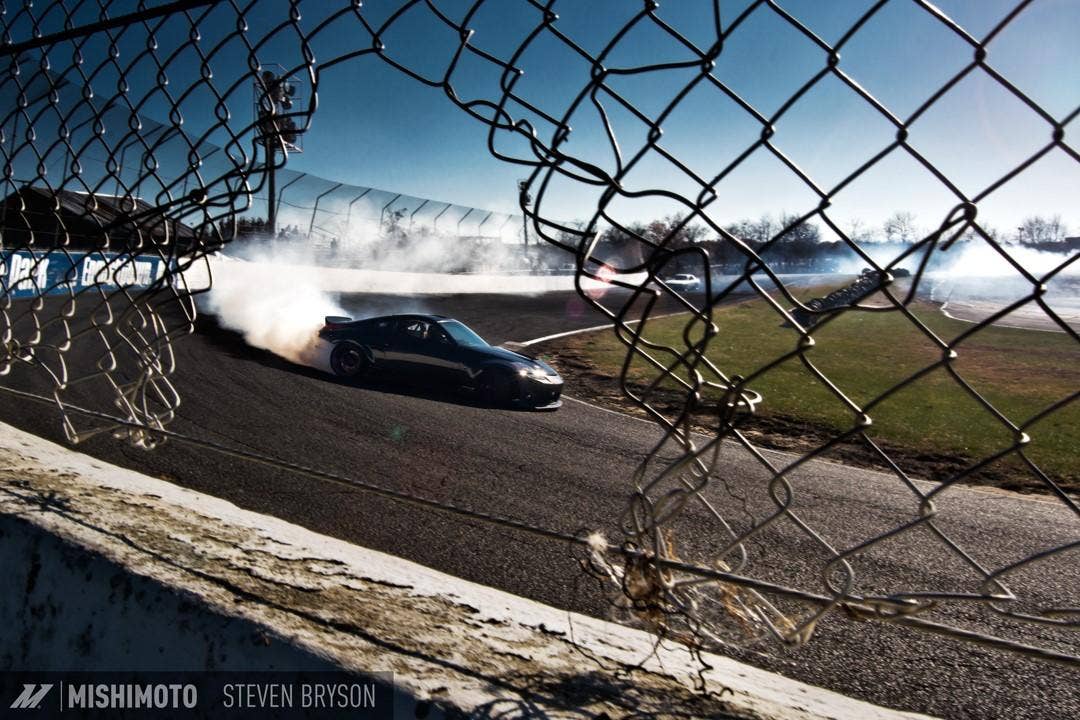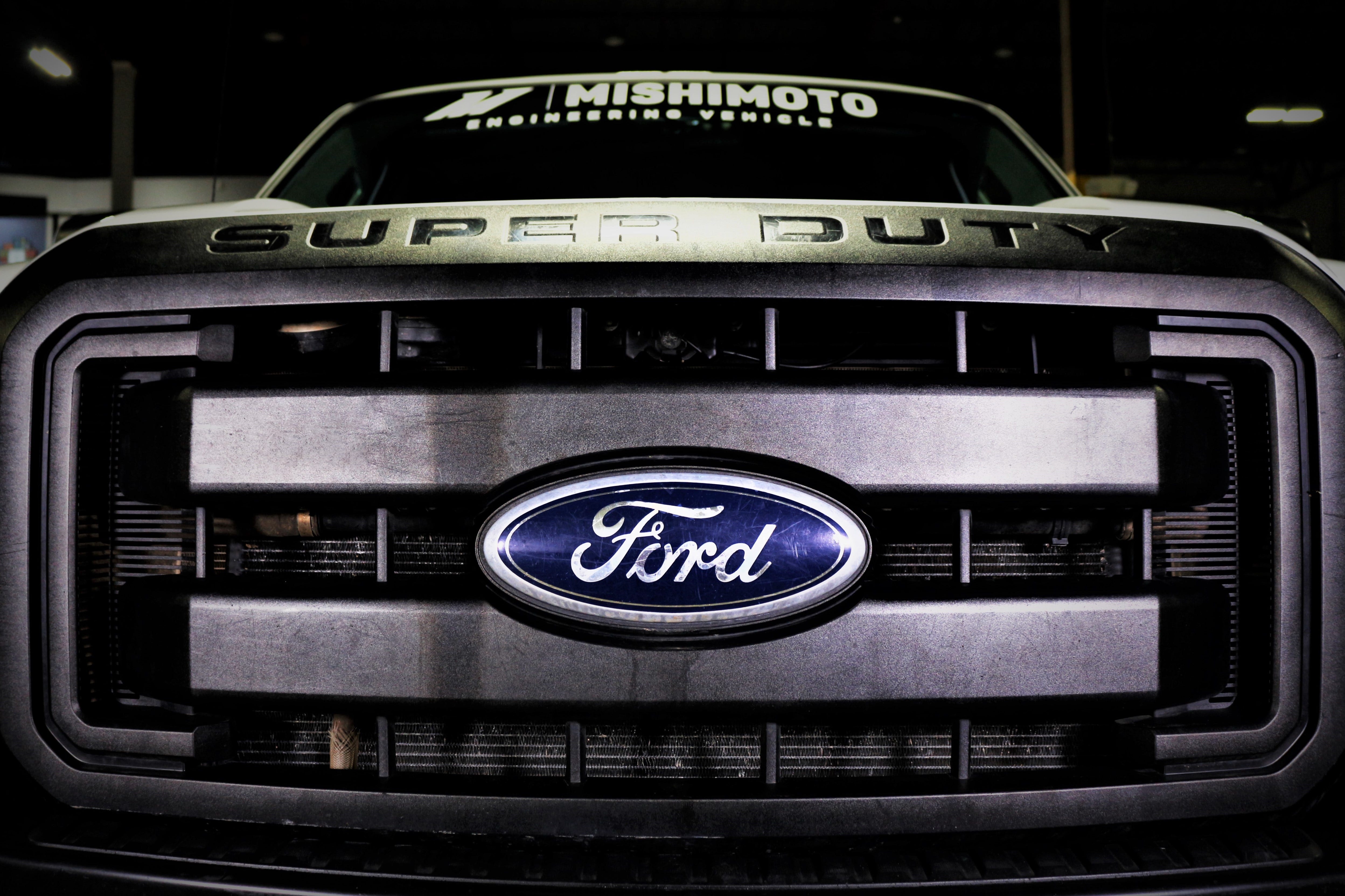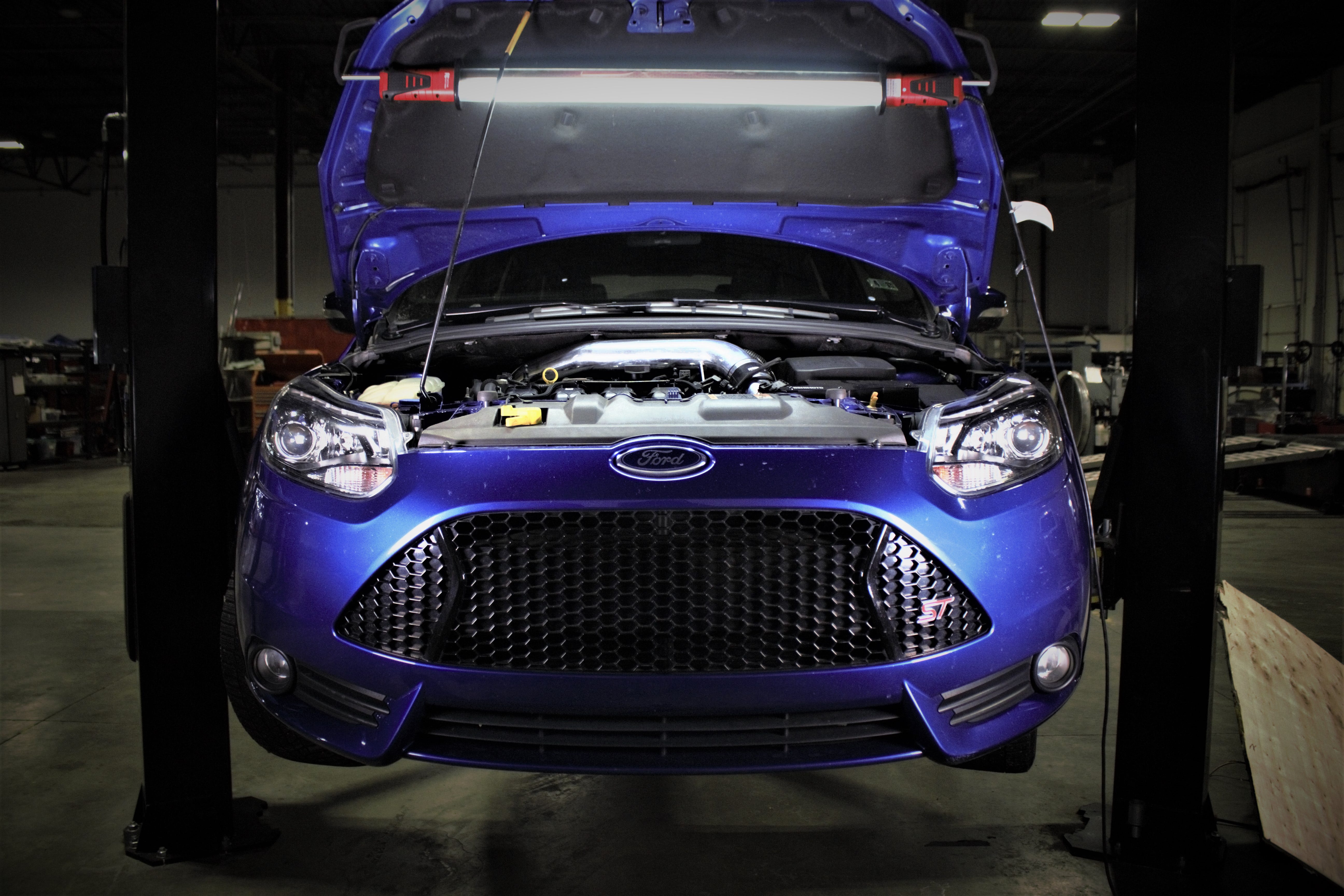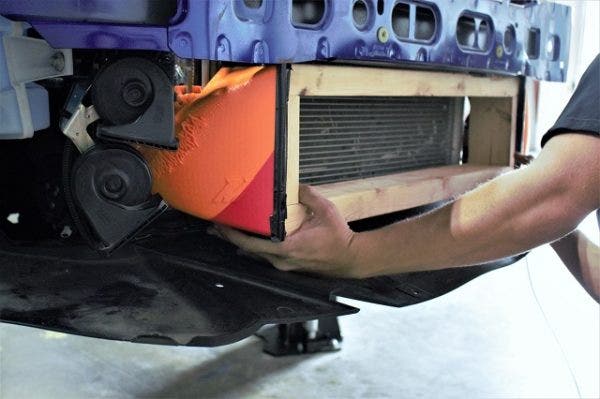The movement on the 2016 Ford Focus RS intercooler project may seem slow, but it couldn't be more alive. Our lead engineer for the project, at my request, has completed a plethora of testing configurations to get the most detailed amount of data possible. For the past three months, we have been rocking out on testing, testing, and more testing for the RS, the primary objectives being movement on the upcoming diff cooler and this front-mount intercooler. We know that the RS crowd loves their data, so we want to overload you with what's finally available.
I won't sugarcoat anything here. The update is going to be very data-intensive. I don't have any entertaining anecdotes, interesting fun-facts, or puns about staying focused to fluff this piece with. Today's discussion will be about our Nitrous Blue hatchback and the focus on data.
